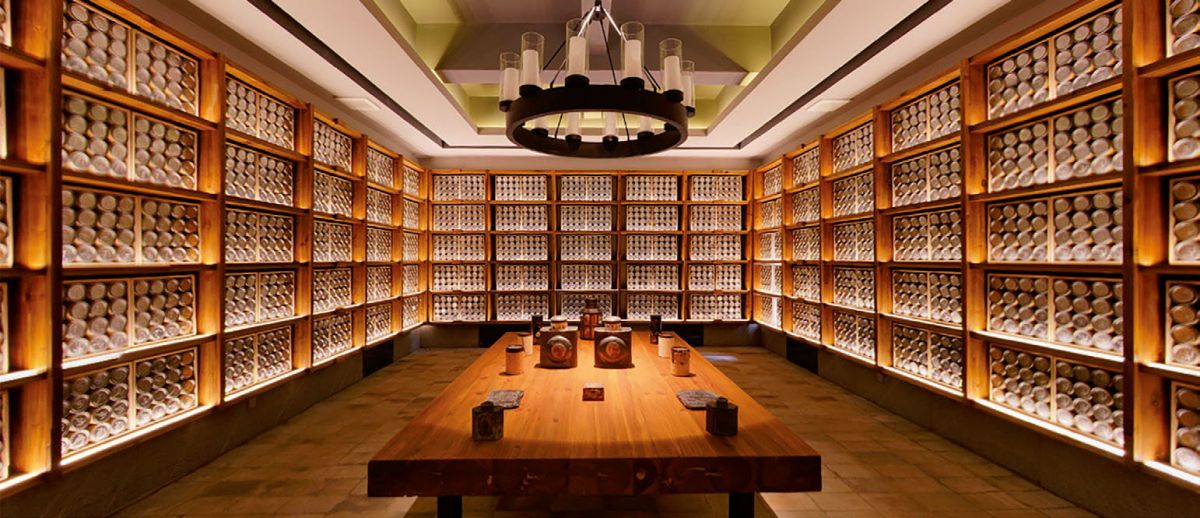Chinese and Indian teas and the history of global capitalism
<p>Tea, originating in China and later widely cultivated in colonial India and other Asian societies, was one of the key factors in the creation of a global market. Tea sales from China spiked after the 1842 Nanjing Treaty and the attendant creation of the treaty port system. At the same time, British colonialists established their own tea industry in the northeast Indian territory of Assam. Over the second half of the century, the Chinese and Indian industries engaged in a back-and-forth competition for consumers in Europe and the U.S. In both regions, the first systematic calculations of labor (conducted in the twentieth century) revealed that each of the tea industries employed more workers than any comparable urban sector in each country. In short, tea was central to the creation of modern capitalism in both regional societies.</p>
Past scholarship has acknowledged the massive expansion of tea cultivation and production in Asia during this period, but it has been skeptical whether market competition actually transformed the economic conditions in those regions. For instance, the China trade relied upon smallholder peasant households, and the Indian industry was powered by an indentured workforce. Historians have labeled both types of production as ‘precapitalist’ in nature.
In fact, tea production in Asia was constantly evolving and dynamic. Chinese merchants and British planters introduced techniques that were recognizably industrial and modern. For instance, much like the classic English factories of the industrial revolution, they increased the scale of operations in response to greater demand, and relied upon a strategy of hiring primarily low-wage workers – women and children – in an attempt to save expenses.
But perhaps the most notable instance of the subtle ‘industrial’ character of rural tea production in Asia was the way in which tea plant managers developed systems for rationalizing production through the careful calculation, measurement, and disciplining of their employees’ working time. This was true for tea production in both China and India. For instance, in the Chinese tea districts of southern Anhui (Huizhou), we have manuals written by merchant and workshop owners that use precise calculations to designate how quickly one should roll and roast tea. Huizhou factory managers would monitor working time by lighting incense sticks that burned at a constant rate. With the sticks as a baseline, the managers rewarded workers based upon how many pounds of tea they could process in a given time. Similarly, in the plantations of Assam, we have recorded observations that the ‘tea gardens’ in the remote valleys of the Brahmaputra River set their clocks differently from the rest of the surrounding Indian society, a system they called ‘Garden Time’. British planters sought to maximize the amount of daytime spent working, so they set their clocks backwards an extra hour such that, in the words of one account in Bengali: “when the gong strikes six o’clock, it is not quite (thik na) six o’clock”. Planters then divided up the day into twelve equal units of sunlight, in which work was carefully regulated by the ringing of gongs and the constant weighing of leaves plucked.
Such examples suggest that instead of thinking of Chinese and Indian tea as the apex of the traditional, pre-industrial economies of Asia, we should view the history of tea as a pivotal moment in the history of capitalism, both within China and India as well as in their connection to the rest of the world.
Andrew B. Liu is Assistant Professor of History at Villanova University. His current manuscript examines the tea-growing districts of coastal China and eastern India over the course of the past two centuries. (aliu01@villanova.edu)
